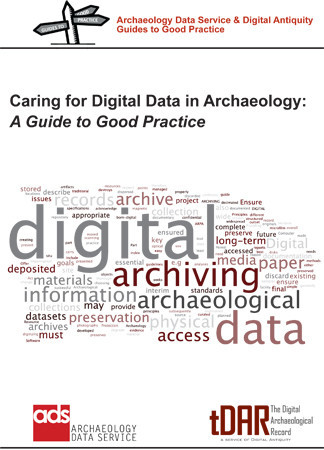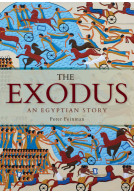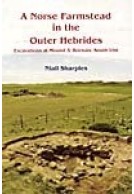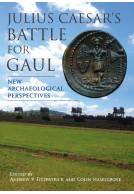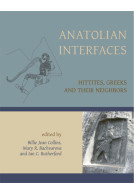Caring for Digital Data in Archaeology (Paperback)
A Guide to Good Practice
Imprint: Oxbow Books
Pages: 122
Illustrations: b/w illustrations, 1 col.
ISBN: 9781782972495
Published: 31st May 2013
Script Academic & Professional
Pages: 122
Illustrations: b/w illustrations, 1 col.
ISBN: 9781782972495
Published: 31st May 2013
Script Academic & Professional
You'll be £18.00 closer to your next £10.00 credit when you purchase Caring for Digital Data in Archaeology. What's this?
+£4.99 UK Delivery or free UK delivery if order is over £40
(click here for international delivery rates)
Need a currency converter? Check XE.com for live rates
(click here for international delivery rates)
Need a currency converter? Check XE.com for live rates
A wide variety of organizations are both creating and retaining digital data from archaeological projects. While current methods for preservation and access to data vary widely, nearly all of these organizations agree that careful management of digital archaeological resources is an important aspect of responsible archaeological stewardship. The Archaeology Data Service and Digital Antiquity have produced this guide to provide information on the best way to create, manage, and document digital data files produced during the course of an archaeological project. This guide aims to improve the practice of depositing and preserving digital information safely within an archive for future use and is structured in three main parts: Digital Archiving - looks at the fundamentals of digital preservation and covers general preservation themes within the context of archaeological investigations, research, and resource management, with an overview of digital archiving practice and guidance. The Project Life cycle - looks at common project life cycle elements such as file naming, meta-data creation, and copyright and covers general, broad themes that should be considered at the outset of a project. Basic Components - looks at selected technique and file type-specific issues together with archive structuring and deposit. This section covers common file types that are frequently present in archaeological archives, irrespective of a project's primary technique or focus. The accompanying online Guides to Good Practice take these elements further and address the preservation of data resulting from common data collection, processing and analysis techniques such as aerial and geophysical survey, laser scanning, GIS and CAD.
Other titles in Oxbow Books...







